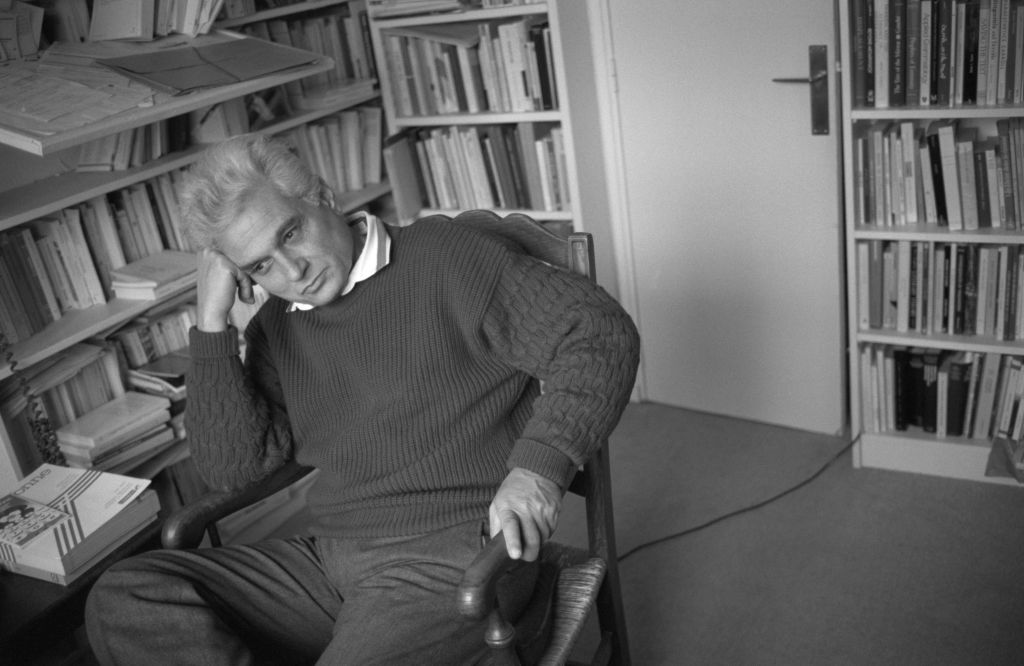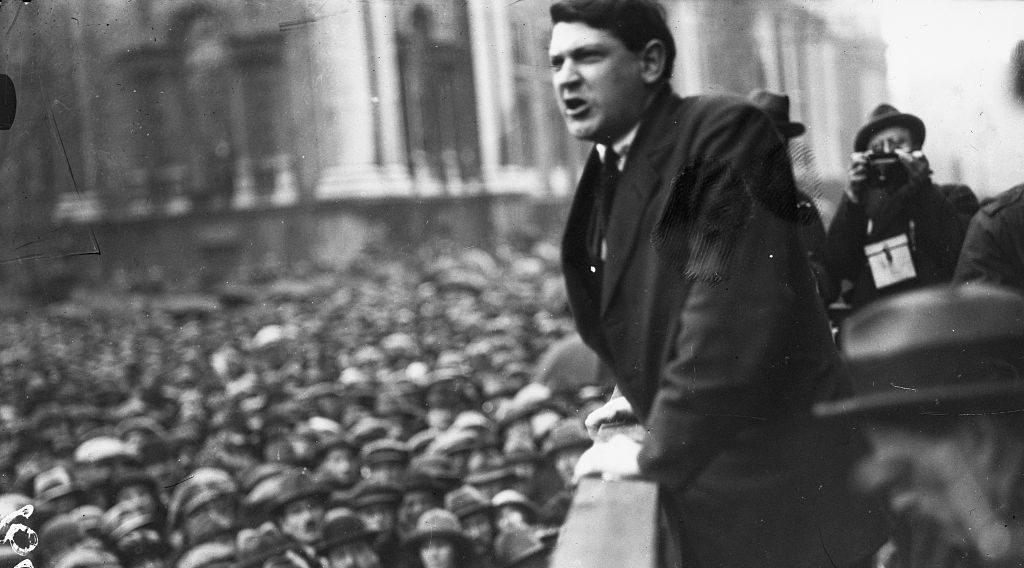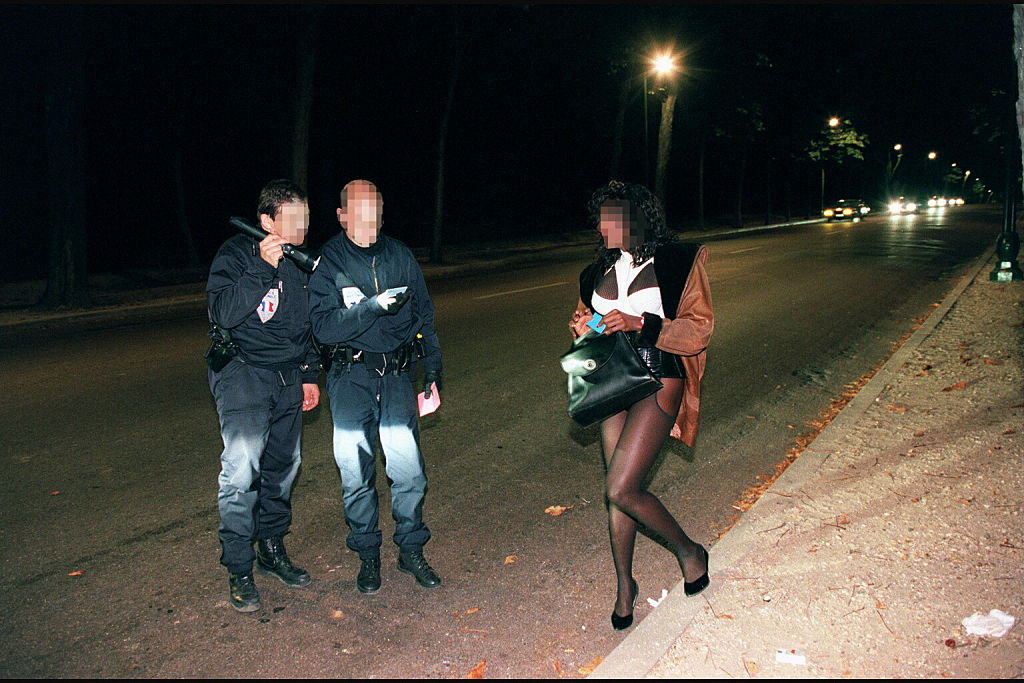Thirty newly identified victims of the 1995 Srebrenica massacre were buried in a memorial cemetery on July 11.
Hundreds of people lined the streets of Bosnian capital Sarajevo as a truck carrying the coffins containing the remains of the victims drove past on its way to the Potocari Memorial Centre and Cemetery outside Srebrenica.
Burials occur each year on the anniversary marking when 8,000 Muslim men and boys were executed by Bosnian Serb forces. It is considered among the worst atrocities of Bosnia’s 1992-95 war and the one of the worst episodes of mass murder in Europe since World War II.




To mark the most recent anniversary, thousands also took part in a “Peace March” in memory of the victims that went through the forests outside Srebrenica where the killings took place.
In Bosnia, thousands took part in a peace march through the forests in memory of the 1995 Srebrenica massacre — Europe’s only acknowledged genocide since WWII.pic.twitter.com/1VNo1DOvoc
— DW Europe (@dw_europe) July 12, 2023
“I take part in this march to revive memories that are in my head, memories of my brother and other friends who were killed here,” Resid Dervisevic, a massacre survivor, told German media Deutsche Welle. “I think this is our obligation to follow this path, to cherish memories to keep it from being forgotten.”
Srebrenica was a designated UN safe area during the Bosnia war. Despite the presence of UN peacekeepers, Serb forces overran the town. Between 10-11 July 1995 they rounded up Muslim Bosniak males and forced them to march into the surrounding woods where the men and boys were executed.
The victims were buried by the perpetrators in mass graves, which were later dug up in an attempt to scatter and hide the evidence. Some Serb leaders in Bosnia and Serbia continue to downplay or deny the massacre.
“Hundreds of victims are not yet found and someone is denying this genocide,” an emotional Ramiza Bandic, a local resident of Srebrenica, told Deutsche Welle. “I don’t understand what’s wrong with these people, what’s going on in their heads, I don’t know.”









Spain’s Left could implode as Greece’s did: That might please conservatives but loss of effective opposition doesn’t help anyone